Introduction
Valves are important parts in different factories and processes. They play a crucial role in controlling the movement of liquids or gases. Nonetheless, the extensive variety of valve types can make the selection process daunting, especially when you need to choose the perfect one for your specific requirements. That’s why we’re here to unveil the secrets of valve types and provide you with a comprehensive overview.
From ball valves to butterfly valves, we’ll explore the different types of valves and their applications, allowing you to make an informed decision. So, look into and discover the fascinating world of valve types.
There are several different valves each with its own unique design and function. Here, We have listed 10 types of valves that you may come across in various applications and industries:
Ball Valves
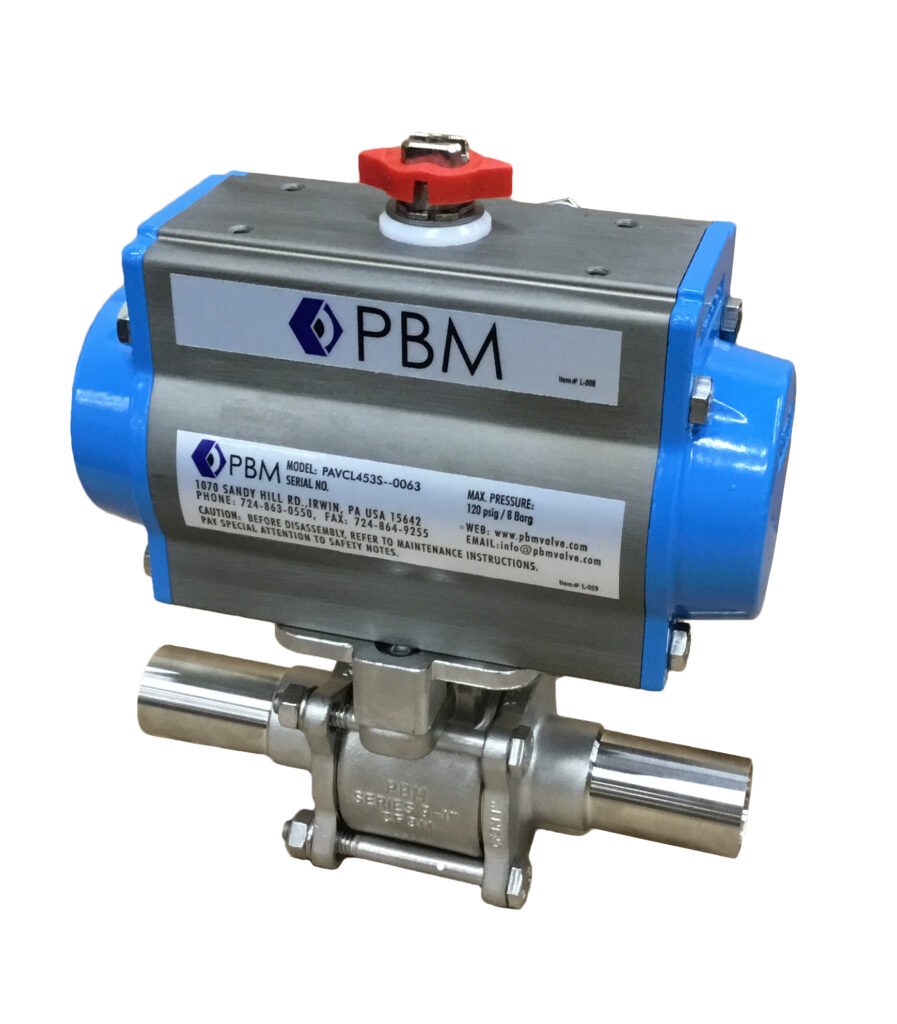
Ball valves are widely utilized in plumbing and heating systems due to their high prevalence. These valves feature a spherical disc with a central aperture that regulates the movement of liquids or gasses. By rotating the handle, the aperture aligns with the pipe, enabling flow, while turning it perpendicular obstructs the flow. Ball valves are renowned for their durability, dependability, and user-friendly nature, which contributes to their widespread adoption across various applications.
Check Valves
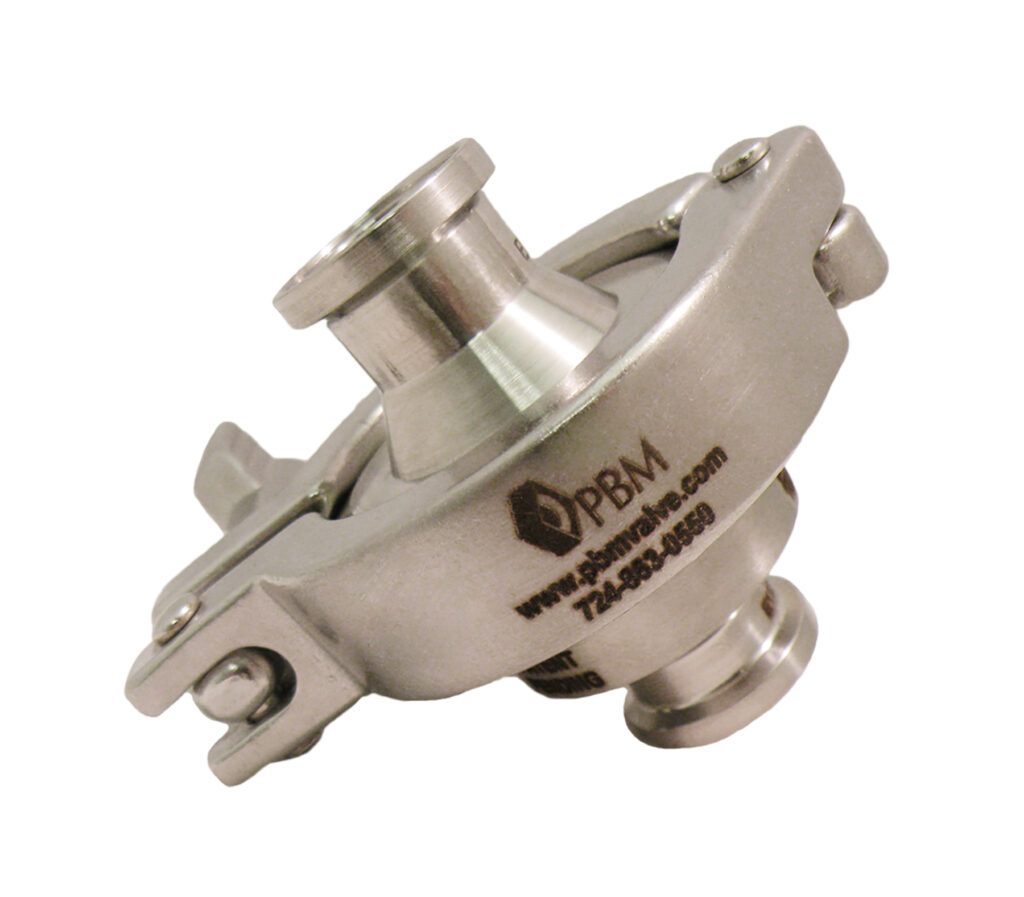
Check valves, also known as non-return valves, are designed to allow flow in one direction only. They have a disc or ball that opens when the flow is in the correct direction and closes when the flow is reversed. Check valves are commonly used in applications where backflow prevention is necessary, such as in sump pumps or irrigation systems.
Globe Valves
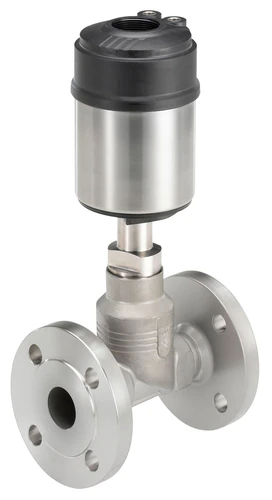
Globe valves share similarities with gate valves as they both utilize a moving disc to regulate the flow. However, the disc in a globe valve has a more rounded shape, enabling finer control over the flow. These valves are frequently employed in situations where precise throttling or regulation of liquid or gas flow is necessary.
Butterfly Valves
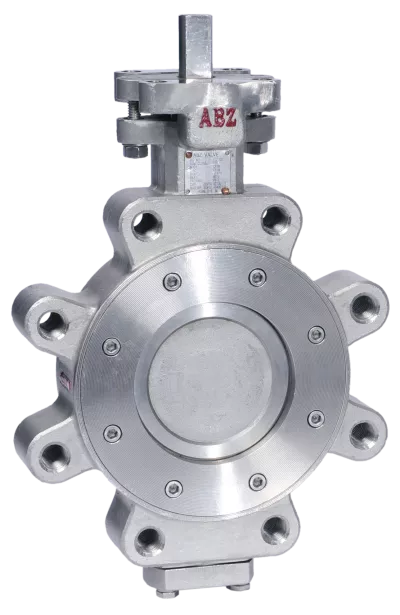
Butterfly valves utilize a rotating disc to regulate the movement of liquid or gas. When the disc aligns parallel to the pipe, the flow is permitted, whereas when it aligns perpendicular, the flow is obstructed. Due to their lightweight nature, compact design, and simple installation process, butterfly valves are widely favored for extensive applications.
Solenoid Valves
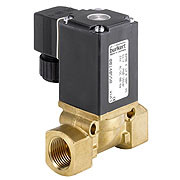
A solenoid valve is a valve that is controlled by electricity and is used to regulate the flow of media. Its operation is based on a plunger that moves up and down in response to the magnetic field produced by the electrical solenoid. This plunger is responsible for either opening or closing an orifice through which the media passes.
Solenoid valves come in different circuit functions, designs, and construction materials, allowing them to be customized for specific applications. They can be controlled remotely and automatically, making them highly suitable for various industries such as water treatment, automotive, and food processing.
Angle Seat Valves
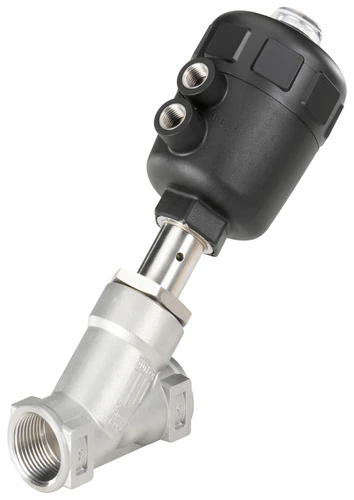
Angle seat valves are valves that are operated by pressure and are designed to function effectively in challenging applications. These valves utilize a piston actuator that enables precise and rapid linear movement. The stroke of the piston, combined with the inclined valve body, allows for high flow rates.
Angle seat piston valves offer control over a wide range of media, including liquids, gasses, steam, viscous oils, and aggressive fluids. With their ability to withstand high pressures, durable design, and compact size, they are well-suited for use in harsh environments and various industries such as food and beverage, fine chemical, water treatment, and more.
Flush Tank Ball Valves
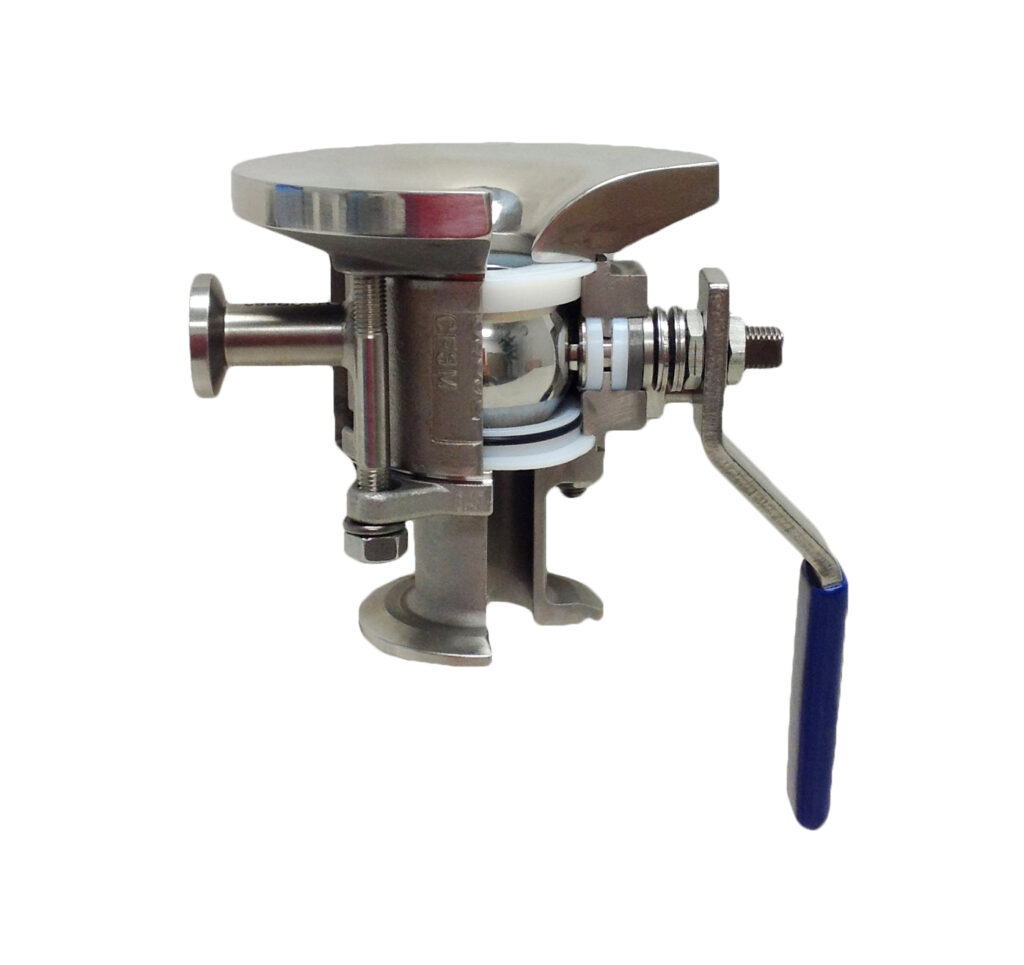
High-performance flush bottom valves, engineered for optimal tank draining efficiency. Designed with precision, these valves offer reliable sealing to prevent leaks during the draining process. Their bottom-mounted design ensures complete emptying of tanks, eliminating residual liquids and debris.
Ideal for industries like chemical processing, pharmaceuticals, and food and beverage, our flush bottom valves are built to withstand harsh environments. Experience hassle-free maintenance with quick access for inspection and repairs. Elevate your tank draining capabilities with our exceptional flush bottom valves.
Instrument Isolation Valves
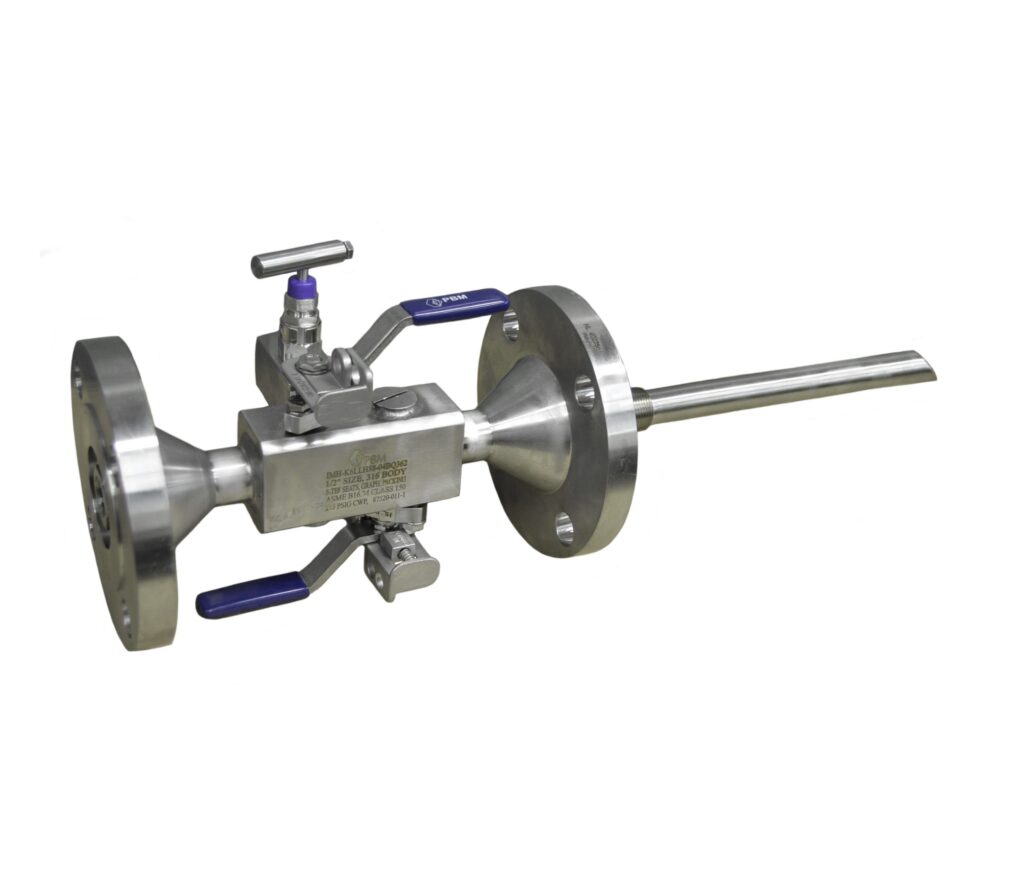
The instrument isolation valve is a highly efficient ball valve specifically engineered to create a clear separation between a pressure or level transmitter and a storage or transfer tank. This innovative valve design incorporates purge ports and, if desired, milled flats on the ball surface, which greatly simplifies the process of Clean-in-Place. By utilizing these features, it ensures optimal performance and ease of maintenance, making it an ideal choice for industries that prioritize cleanliness, efficiency, and precision in their operations.
Diaphragm Valves
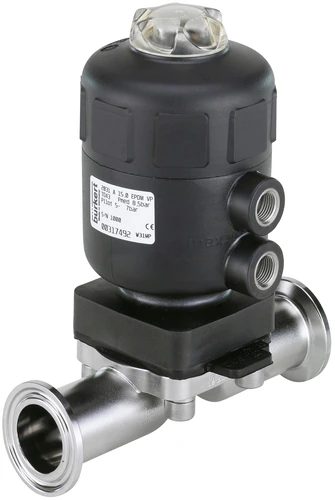
A diaphragm valve, also referred to as a membrane valve, consists of a pliable diaphragm and a seat. Its primary function is to regulate the flow of fluids by obstructing, controlling, or isolating it. The diaphragm flexes in order to modulate the fluid flow and establishes a seal upon contact with the seat.
Diaphragm valves are categorized as linear motion valves that oversee the movement and management of fluids. They employ a flexible disc to impede the flow and are well-suited for handling liquids that contain solid particles. These valves find widespread applications across various industries including food processing, pharmaceuticals, water treatment, sewage management, electronics, and pulp and paper manufacturing.
Multi-Port Ball Valves
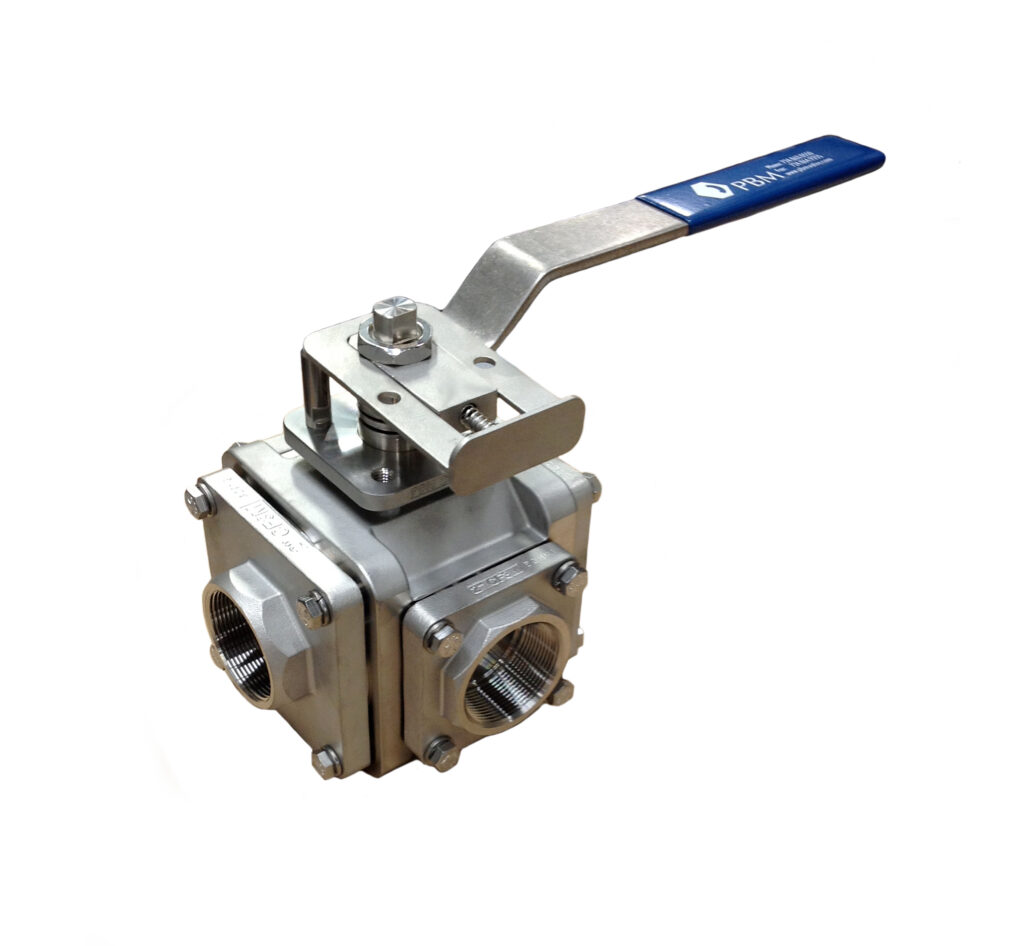
A multi-port valve is a valve with more than two ports, offering 3, 4, or 5-way control. It allows for the selection of multiple flow paths, ensuring the process meets customer requirements. The valve changes flow direction internally, allowing media to flow through two or three ports.
In industrial settings, multi-port valves facilitate flow changes and direct flow to the next stage of the manufacturing process. They also help reduce the number of valves needed by replacing multiple 2-port valves with a single 3-way valve.
Conclusion
Valves are essential components in any manufacturing process. With so many different types of valves available, it can be overwhelming to understand which one is best for your specific needs. By learning about the various valves and their purposes, you can choose the right one for your needs. Whether you need a valve for precise temperature control or to prevent airlocks, there is a valve type that will meet your needs.
